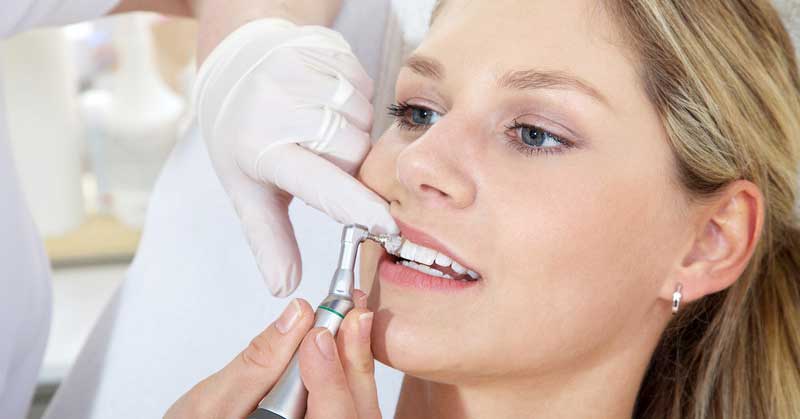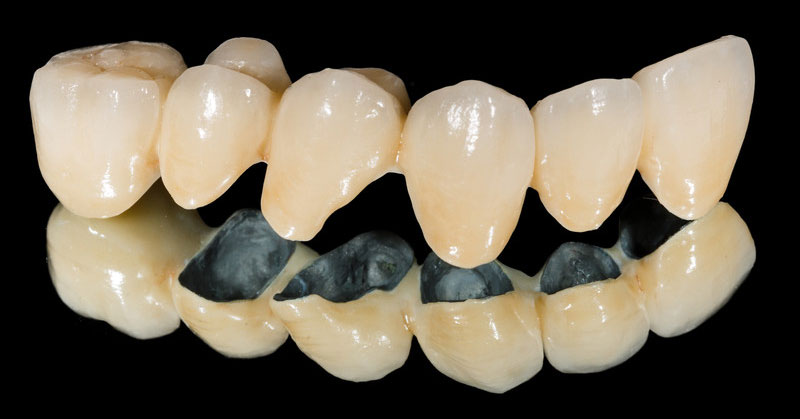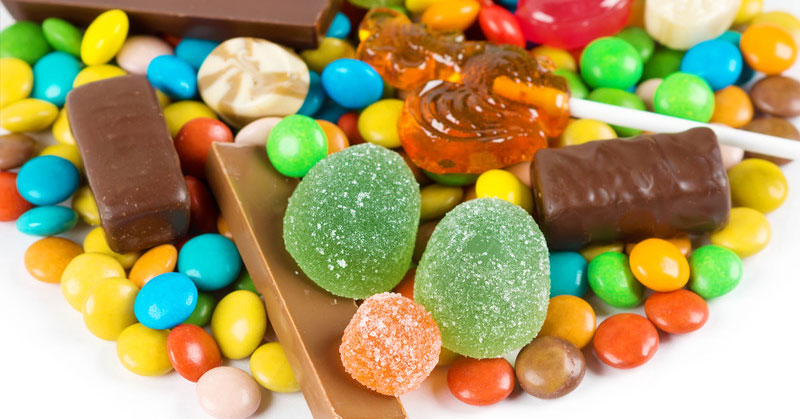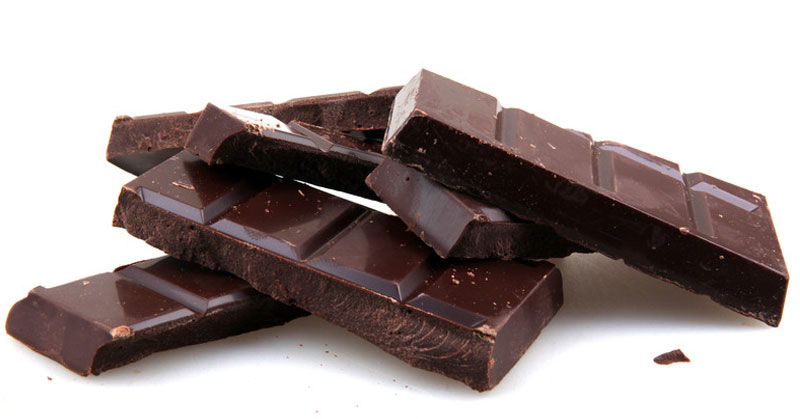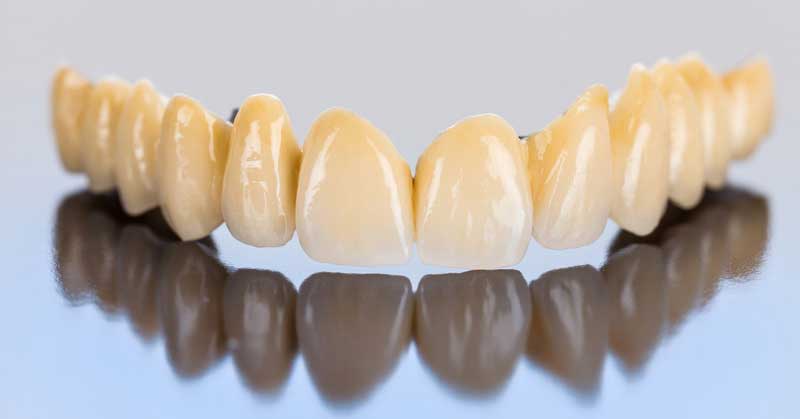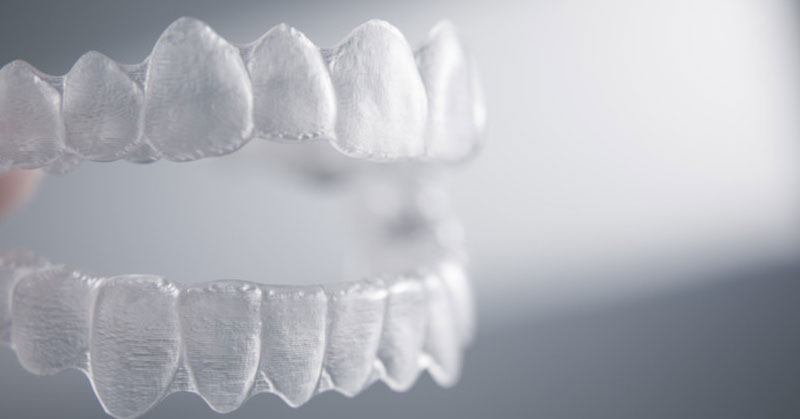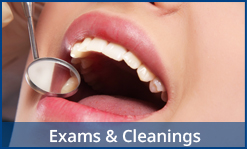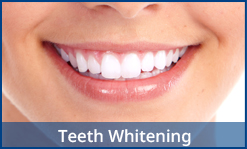No matter how your teeth or your jaws fit together, you’ve probably found ways to make your bite work so that you can eat regularly. However, just because you can speak and chew your food doesn’t necessarily mean your bite is properly aligned, and the longer you go without correcting the issue, the more chance you have to suffer lasting damage as a result.
How can you tell if you have proper bite alignment? What could happen if you don’t? And what can you do to correct the issue? Here’s what you need to know.
What’s in a Smile?
It’s easy to be taken off guard when your dentist informs you that your bite is off. Looking at the front of your teeth, or even the inside of your mouth, you might think your teeth are perfectly straight. However, bite alignment is not necessarily about the state of your smile, but rather how your upper and lower teeth fit together. This can be seen best from the side of the mouth, which most of us can’t get a good look at on our own.
When your bite is properly aligned, the top and bottom teeth will fit together perfectly, like pieces of a jigsaw puzzle. If there are gaps between upper and lower teeth, or you suffer a serious overbite or underbite, you can bet your bite is somehow misaligned. This could be due to either jaw or tooth misalignment, or both.
What’s Wrong with Improper Bite Alignment?
Some amount of overlap is acceptable when it comes to your bite, but if alignment issues are severe enough, they could cause a slew of problems over time. For example, bite misalignment could be responsible for speech impediments like lisps.
It could also cause problems with chewing, lead to discomfort or pain, result in frequent biting of the tongue or cheeks, or even alter the appearance of your face. Bite issues could also make it difficult to properly brush and floss teeth, leading to problems like tooth decay and gum disease. Rarely is improper bite alignment merely a cosmetic issue. If not corrected, it is likely to cause functional issues, as well.
What Can You Do?
When you find that your bite is off, you may be understandably concerned. The good news is that there are solutions. The most common is the use of orthodontic braces to properly align your teeth and jaws. You should speak with your dentist or orthodontist about the options available to you based on your particular needs.


